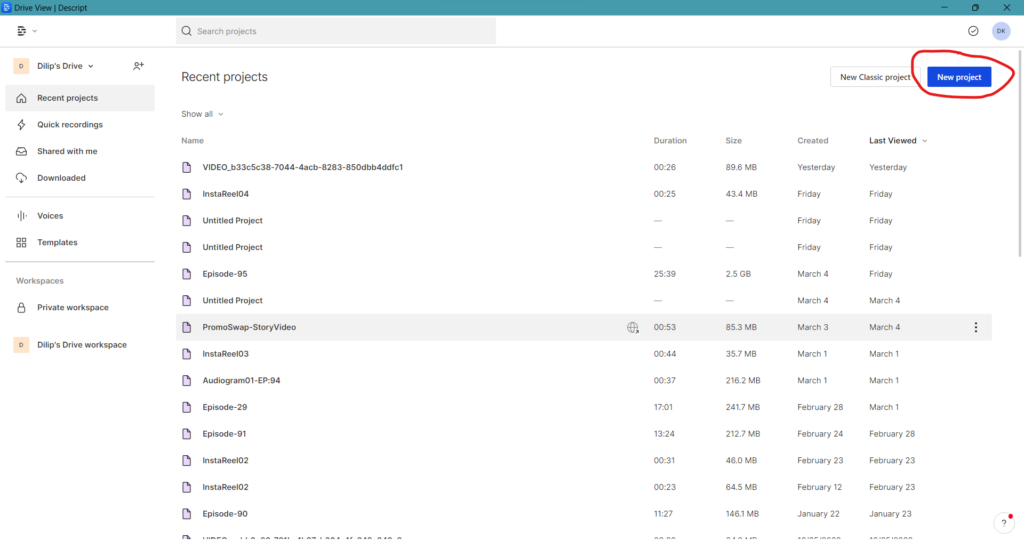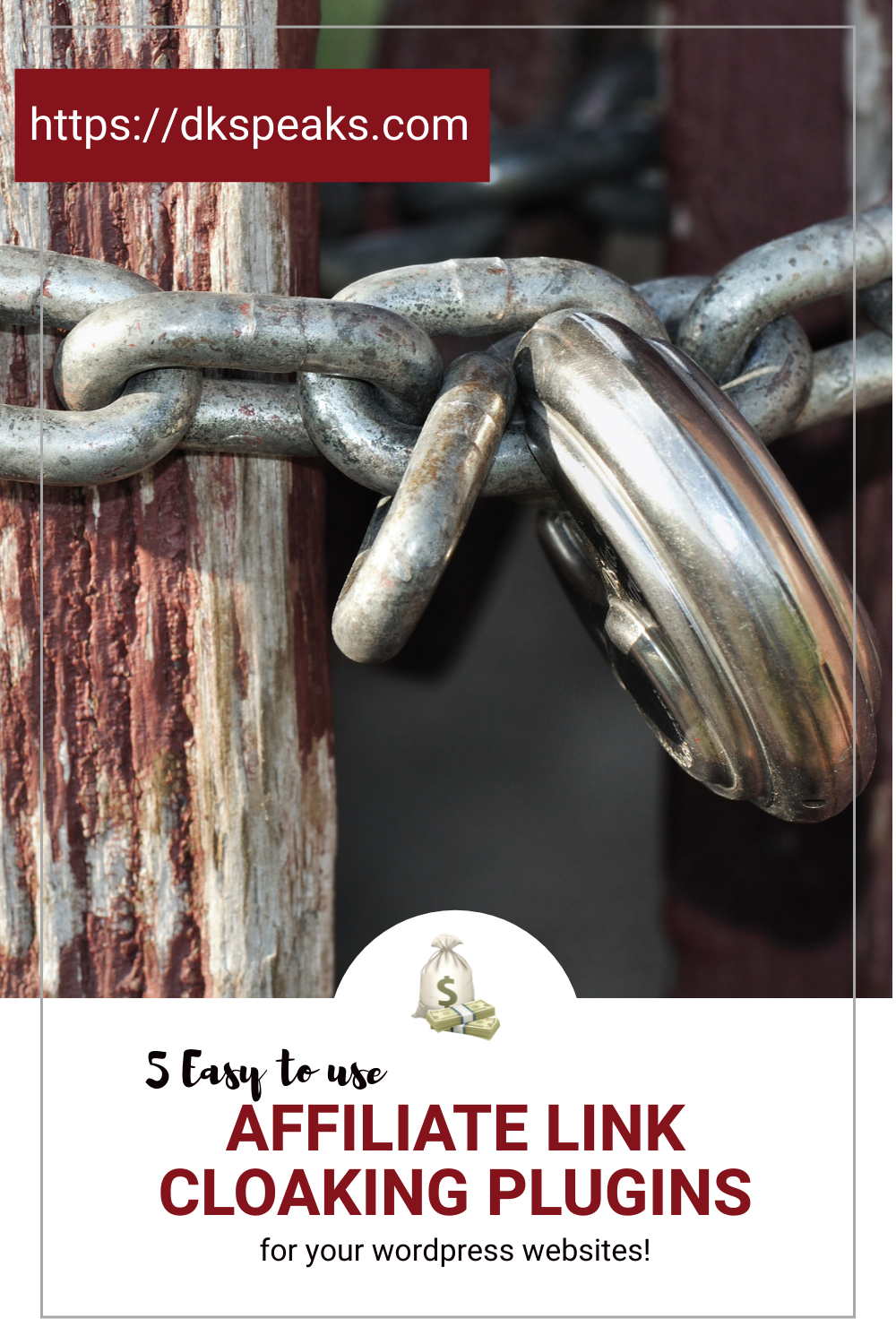Do you really need to write catchy blog titles for your posts? Blog post titles are one of the things that most new bloggers overlook. And writing catchy blog titles could just be the difference between you getting traffic...
Do you really need to write catchy blog titles for your posts?
Blog post titles are one of the things that most new bloggers overlook. And writing catchy blog titles could just be the difference between you getting traffic to your blog and prospering, or, you withering away.
Have you ever scrolled through your social media feeds or search engine results pages and found yourself clicking on a blog post, simply because the title was so intriguing?
That’s the power of a well-crafted blog post title.
As a reader, it’s the first thing you see, and it can make all the difference in whether or not you decide to click through and read the post.
With so much content out there, your blog post title could just be the difference in somebody clicking over and reading your post as against browsing away.
So why not use make the most of it and write some catchy blog post titles?
The Importance of Catchy Blog Titles
As someone who’s been blogging for over 15 years, I can tell you that blog post titles are super important for generating traffic and building authority.
I have experimented with blog titles enough to preach about the importance of a good blog post title.
In fact, not just in blogging but even in the case of podcasting or, YouTube videos, it’s the title that plays the most significant role in attracting consumers to click over and consume your content.
If so, what should be the tenets of catchy blog titles?
A good blog post title should be attention-grabbing, informative, and relevant to the content of the post. It should be clear and concise, conveying the main idea or benefit of the post in a compelling way.
The best blog titles are also optimized for search engines, using relevant keywords and phrases that people might search for.
Let me break it down in a little more detail for you.
Attracting Attention
Your title is the first thing people see when scrolling through their social media feeds or search engine results pages. A boring or generic title can turn readers off, but an interesting and attention-grabbing title can make them want to click through and read more.
For example, “Tips for Better Sleep” is pretty basic, but “10 Surprising Tips for a Restful Night’s Sleep” is much more intriguing and specific.
You will find many such creative blog titles on Hootsuite. Their objective with these blog posts is to attract the attention of social media marketers.
Here’s an example from their blog:
The blog titled “160+ Social Media Statistics Marketers Need in 2023” is a post on social media statistics. Statistics can be boring but their blog post title makes the post look attractive.
The title of this blog post is attention-grabbing because it implies that the reader will learn something surprising and valuable about social media. This is likely to compel the reader to click through to the post to discover the statistics and insights that the post promises.
Search Engine Optimization
Traffic is the objective with which every blog post is written. And one of the best ways to drive traffic to your blog is through organic search.
A good blog post title can help with search engine optimization (SEO). By including relevant keywords in your title, you increase your chances of showing up in the search engine results pages for those keywords.
So if you’re writing a post about healthy meal prep, including keywords like “meal prep,” “healthy meals,” and “easy recipes” in your title can help people find your post when they search for those terms.
When it comes to SEO and creating content that ranks on Google, who better to look at than Brian Dean from backlinko.com? He is a champion in writing blog posts that rank and at the same time, almost all of his blog titles have the keywords that he is looking to rank for, in them.
One of the posts on his blog is titled, “Google’s 200 Ranking Factors: The Complete List (2022)“. What is covered in the blog post is clear from the title.
If you look closely you will learn how Brian has also used keywords in the title.
The title clearly includes a highly searched keyword, “Google’s Ranking Factors,” which is relevant to the audience interested in search engine optimization.
Additionally, it uses a numbered list format, which is known to be effective in attracting clicks. By using the exact keyword phrase in the title, Backlinko.com is able to rank highly in search engine results pages (SERPs) for this query, which increases the chances of people clicking through to the post.
While we are on the topic of SEO, I would recommend using the RankMath plugin to check on how your blog post and its titles could do on SERPs. It is a plugin I use and it helps me write better blog posts and creative blog titles.
And if you want to rank on search engines without the usual backlinking pain, then you need to use LinkWhisper which builds internal links and helps you rank on search engines.
Set the Right Expectations
The best blog titles convey the right expectations to the reader.
Your blog post title should give them an idea of what they’ll learn from your post, so they’re more likely to engage with your content.
It is hence that I don’t recommend using clickbait titles that don’t quite talk to the content or, even deceive the reader to click over to the blog post.
For instance, if your title is “The Top 5 Benefits of Meditation,” people will expect to learn about the benefits of meditation in your post. If you don’t deliver on that promise, they’ll be disappointed and less likely to engage with your content in the future.
One of these posts I happened to come across on Constant Contact, that was titled, “Email Marketing for Musicians: A 10-Step Guide for Beginners“, got me clicking over, primarily because I am a musician and I was looking for information that was relevant to me.
The title of this blog post sets clear expectations for the reader that it is a comprehensive guide on the topic of email marketing but targeted towards musicians.
The use of the word “guide” implies that the reader will receive in-depth knowledge and advice on the topic just as in a guide. This title attracts readers, specifically musicians who are interested in email marketing, while also providing a clear promise of the information they will receive, encouraging them to click through to the post.
Shareable and Linkable
Catchy blog titles written with a little thought can encourage social media sharing from the readers.
If your title is interesting or controversial, people are more likely to share your post with their followers, which can increase your reach and attract new readers to your blog.
Social media sharing is incredibly important for blog posts because it can help increase your reach and drive more traffic to your site.
When someone shares your post on social media, it’s essentially an endorsement of your content to all of their followers, which can lead to more clicks and engagement.
So, how can you write blog post titles that encourage readers to share your content on social media?
One approach is to make your title catchy and intriguing so that people feel compelled to click through and read the post.
Another tactic is to tap into emotions or, tap into a specific audience or niche so that your post resonates with a particular group of people who are likely to share it with others.
For example, you could write a post with a title like “The Ultimate Guide to Planning a Vegan Wedding” or “How to Land Your Dream Job as a Freelance Writer,” which speaks directly to a specific audience.
Remember, the goal is to make your post stand out and pique the interest of readers, so that they are more likely to share it on their social media channels.
So, get creative with your titles and experiment with different approaches to see what works best for your audience.
One classic example of writing a share-worthy blog post title is the post from Sprout Social titled, “39 Instagram story ideas to boost engagement for your brand“.
This blog post title is likely to attract small business owners who want to improve their Instagram presence. And since Instagram stories are something that a lot of people struggle with, this blog post title generates curiosity in people.
The title also includes the keyword “Instagram post ideas,” which can help the post rank higher in search engine results for that term.
The use of the terms like “boost engagement” and “ideas”, implies that the post will offer unique and interesting ideas, making it more likely to be shared on social media.
Branding
Your title can help establish your brand’s voice and identity. By consistently using strong titles, you can help people recognize your brand and associate it with quality content.
Writing blog post titles that help with branding is all about consistency and establishing your voice.
Your titles should reflect your brand values and personality, and be recognizable as yours.
One way to achieve this is by using a consistent format or structure for your titles. For example, you could use a format like “The Ultimate Guide to [Topic]” or “X Ways to [Achieve Desired Result].” This not only helps establish your brand voice but also gives readers an idea of what to expect from your content.
Another way to build your brand through blog post titles is to incorporate your brand keywords or phrases into your titles. This can help increase your visibility and recognition in search engines, as well as make your brand more memorable to readers. For example, if you’re a wellness blogger, you might include words like “healthy,” “holistic,” or “wellness” in your titles.
Ultimately, the key to using blog post titles to build your brand is to stay true to your values and consistently deliver high-quality content that resonates with your audience. Over time, your titles will become synonymous with your brand, and readers will come to recognize and trust your content.
Brian does this in pretty much every one of his blog posts. In fact, his style has become so synonymous with his posts, that a lot of times when I see a blog post with a similarly styled title, I mistake it for one of his blog posts.
Take for example this blog post on his blog, titled “The Definitive Guide to Keyword Research for SEO“.
This title is a great example of branding because it clearly positions Backlinko as an authority on SEO.
By using the phrase “definitive guide,” the title suggests that Backlinko has the ultimate resource on the topic of keyword research. This helps establish Backlinko’s brand as a go-to source for high-quality SEO content.
Additionally, the use of the phrase “for SEO” in the title reinforces Backlinko’s niche and helps readers understand exactly what they can expect from the blog post. This title effectively communicates Backlinko’s brand and expertise in the SEO space.
Conclusion
So there you have it – the importance of blog post titles in a nutshell and some tips on how to write catchy blog titles.
Taking the time to craft compelling and catchy blog titles can help you attract readers, boost your SEO efforts, set expectations, encourage social media sharing, and establish your brand’s voice. It’s well worth the effort and can lead to increased traffic and authority in your niche.
What’s your next blog post title going to be?
Comment below and let me know!
If you are on Pinterest, then do pin the below image and show your love for the post.

Frequently Asked Questions (FAQs)
How important are blog post titles?
Blog post titles are very important as they are often the first thing a reader sees and determine whether they will click through to read the rest of the article. Strong, attention-grabbing, and catchy blog titles can increase the likelihood that someone will click on your blog post.
How do you write a good blog post title?
A good blog post title should be attention-grabbing, descriptive, and concise. It should accurately reflect the content of the post and set expectations for the reader. A great title should also pique the reader’s interest and entice them to read the post.
Should blog post titles be optimized for SEO?
Yes, blog post titles should be optimized for SEO by including relevant keywords. A well-crafted title can help your post show up in search engine results pages (SERPs) for relevant keywords, increasing your chances of getting more traffic from search engines.
Can a blog post title affect the success of a blog post?
Yes, a blog post title can have a significant impact on the success of a blog post. A strong, attention-grabbing title can increase the likelihood that someone will click on your blog post, leading to more views and engagement. On the other hand, a weak title may result in lower engagement and fewer views.
How can you test the effectiveness of a blog post title?
One way to test the effectiveness of a blog post title is to use A/B testing. This involves creating two different versions of the same post with different titles and then tracking which one performs better in terms of engagement, click-through rates, and other metrics. Another way is to ask for feedback from your audience through surveys or social media polls.












